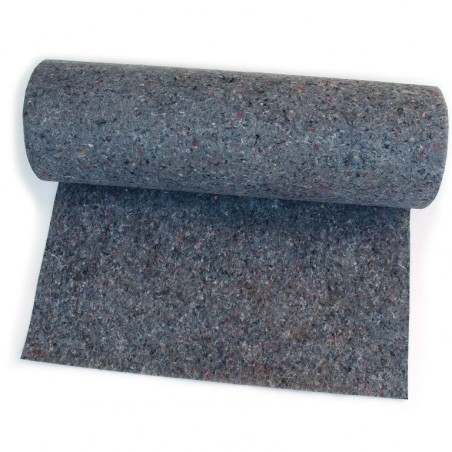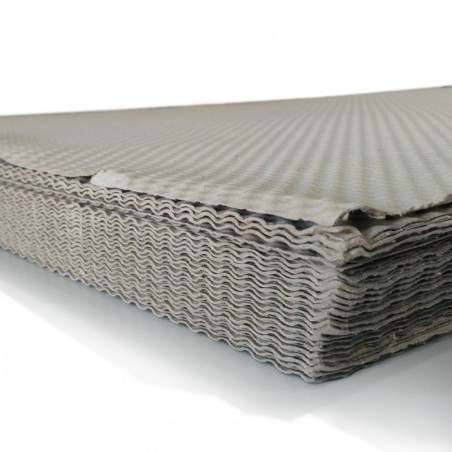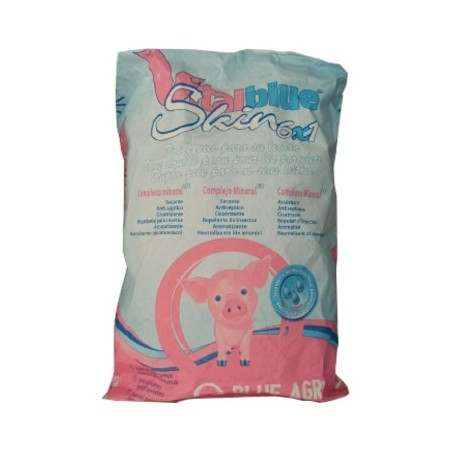Proper immunization of breeding sows is an indispensable element in preventing diarrhea in neonatal piglets.
The immunization of the sow should be done mainly by vaccines, but sometimes in the absence of commercial vaccines or autovaccines against a certain agent, or if these vaccines lack efficacy, the sows may be exposed via controlled oral exposure (feedback).

In this article we share the four experts' opinions on this technique, whether or not they use it, in what way, in what situations, and with what precautions.
In what situations is it used?
Cantín and Guedes concur. They use feedback as the main measure when there is a serious neonatal diarrhea problem caused by Rotavirus on a farm. Specifically, Rotavirus C, since Rotavirus A usually responds to vaccine prevention.
Ackerman says he's "not a big fan" of feedback. He considers it an important tool in the gilt acclimation protocol when they enter the farm, but prefers not to use it with gestating sows. When used in gestation, it is related to epidemic diarrhea cases, transmissible gastroenteritis, or diarrhea caused by deltacoronavirus. In this case feedback is administered to all sows on the farm at the same time. With severe cases of Rotavirus he prefers to administer feedback to all sows for a few weeks, but avoids its routine use on the farm.
Vraeghe shares that in his case they use it more for the prevention of E. coli and Clostridium problems, but always when commercial and/or auto-vaccines have not been successful.
What protocol is normally used?
Vraeghe does feedback on the regular dates of E. coli vaccination: twice for each batch at 80 and 100 days of gestation.
Cantín considers feedback to be very useful in first and second parity sows although, in severe situations, it is also administered to multiparous sows on a routine basis. In his opinion, for the prevention of Rotavirus, feedback should be given 1-2 weeks before sows enter the farrowing rooms. "The closer we get to 15 days pre-farrowing the better," he emphasizes.
What material is collected?
Vraeghe explains that they use a very defined protocol that is easy for workers to carry out: the piglets from which the diarrhea sample is to be taken cannot be treated, they do not use intestines or other organs, only diarrhea. To collect the sample, they use paper mats (Photo 1) that they put on the heating pads to get saturated with piglet diarrhea. They mix the feces with milk and heat it to 24°C to allow the pathogens to proliferate, then administer it to the sows. He tells us that in Belgium many farms use 3-4 week batch systems, so they freeze this preparation to have material for the different groups.
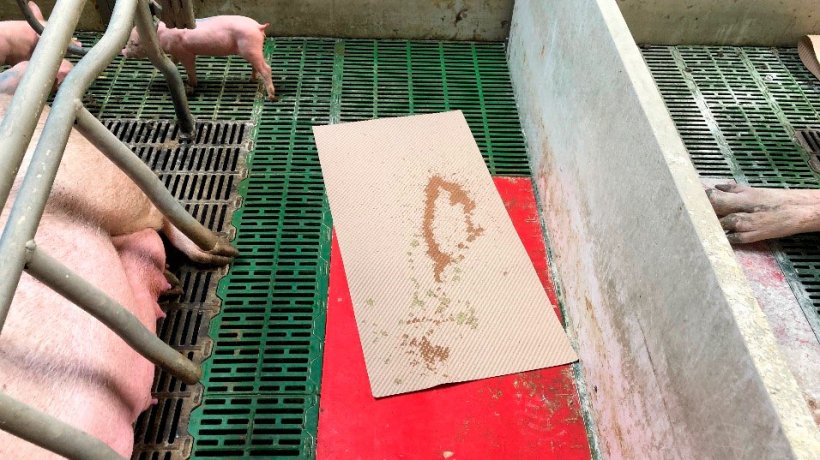
Photo 1. A practical method for collecting diarrhea, paper mats used for piglet dryness and comfort after farrowing. These mats are left in the farrowing room and if there is diarrhea, the piglets will dirty the mat and it can be used to prepare the mix that will be fed back to the sow.
Cantín prefers the following protocol: use the freshest possible feces and the digestive tracts from recently dead piglets, administer a sufficient amount. He recommends mixing 2 kg of activated charcoal with 2 kg of feed, adding 2 liters of water and mixing with the feces of 2 piglets (cut-up digestive tract) providing 150 g of this mixture per sow. The charcoal helps to neutralize the toxins that the sow may have in its digestive system (Photo 2).
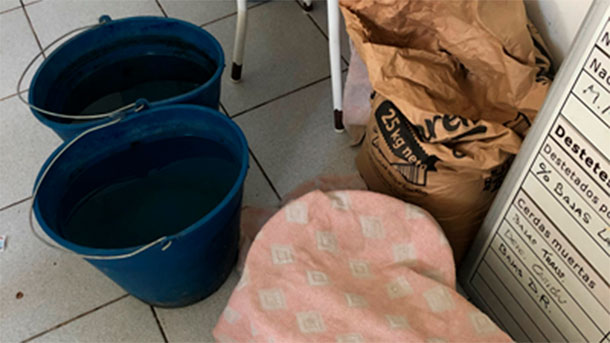
Photo 2. The material collected must be prepared to administer to the sows, preferably directly into the trough when they are drinking.

The risks of feedback
The four experts stress that these protocols are not without risk since more agents than desired can be transmitted and feedback should always be used when other measures have failed.
One of the main risks has to do with PRRS. This is one of the reasons why Ackerman uses it little: most of my clients are PRRS-positive farms and the risk of reinfection with feedback is significant.
Guedes shares this opinion, but since Brazil is a PRRSV-free country, in this aspect the technique poses less risk to them.
Cantín applies common sense: if PRRSV is active on a farm, this alone contributes to neonatal diarrhea and causes failures in its treatment. This virus causes hypogalactia and agalactia problems in sows so, when active, other approaches are obviously a priority- not administering feedback. He adds, it should not be done on farms with swine dysentery either, because of the increased infection pressure it would entail.
Apart from the risk of spreading other diseases, there are other aspects that should be taken into account:
- Vraeghe emphasizes the lack of homogeneous response, since the viral or bacterial load of the material being fed back is unknown. He also explains that when frozen, it sometimes loses its effectiveness.
- In this sense, Guedes recommends performing quantitative PCR of the collected material to certify the presence of the virus and the viral load, when used for rotavirus.
- The four professionals agree that one of the main problems and limitations of this technique are the increasing and decreasing diarrhea curves since, when the problem is resolved, it is complicated to obtain the material needed to perform a proper feedback, so the situation returns and the problem reappears.
- Cantín also notes that, because these are burdensome protocols, farmers often abandon them when they perceive that the problem has improved.
In summary, as a preventive strategy, feedback is very useful for the prevention of neonatal diarrhea. The protocols for collecting infectious material and administering it to the sows must be carried out correctly (Photo 2). However, this is not without risks and should only be used when recommended by a veterinarian and when the diagnosis allows it and in the absence of other effective measures.




